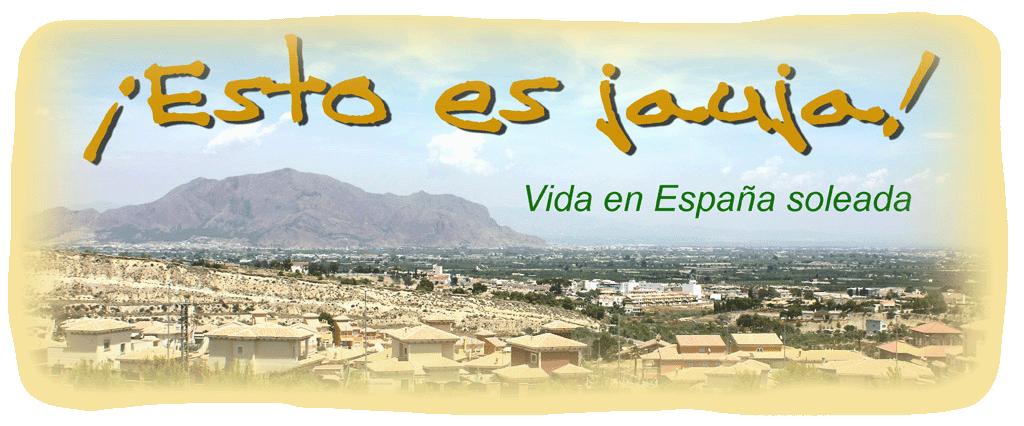 Tomicus piniperdais; a black or dark brown beetle, 3.5-4.8mm long with a cylindrical body which is rounded at the head and abdomen. It breeds in recently dead or dying trees.
Tomicus piniperdais; a black or dark brown beetle, 3.5-4.8mm long with a cylindrical body which is rounded at the head and abdomen. It breeds in recently dead or dying trees. The adults tunnel a breeding gallery in spring which can be up to 25cm long. There the eggs are laid. When the eggs hatch, the larvae chew their way out from the gallery and emerge as adults in late summer. The adults then feed on the shoots of healthy young trees killing them off in the process.
The beetle does not kill the tree as such but it does damage its growth form.
2014 was the warmest year on record in this area for the last forty years, it was also one of the driest. The pine trees only had 40% of the water that they would normally have received.
It is estimated that 85% of the pine trees in the region have been affected in areas like; Orihuela, Hurchillo, Bigastro, Callosa, Benejúzar, Algorfa and the Sierra Escalona-Campoamor

No comments:
Post a Comment